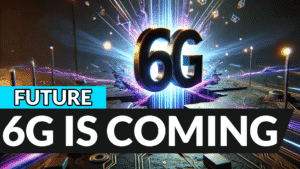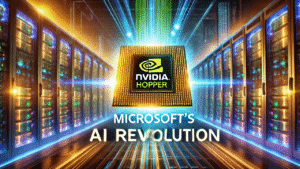Ten years ago, we thought Google Glass was the future. But then it crashed and burned. So, WTF really happened? Let’s rewind the tape.
The Birth of a Cyber Dream (2012–2014)
It all kicked off in 2012, when Google’s secretive “moonshot” lab, Google X, unveiled Project Glass. This wasn’t just another gadget—it was a bold flex into augmented reality. The prototype was sleek, minimal, and straight-up Blade Runner. The pitch? A voice-controlled, camera-equipped, HUD-style computer that hovered just outside your line of sight. Basically, Iron Man glasses… but make it Google.
The first big reveal came in April 2012, when Brin wore them during a TED Talk and later orchestrated a literally sky-high stunt at Google I/O 2012—skydivers streamed their descent into Moscone Center, live through Glass. The tech world collectively lost its mind.
By 2013, Google launched the Explorer Program. Around 8,000 developers and early adopters forked over $1,500 for access to the future. Celebs, influencers, and tech bros were snapped wearing them at Coachella, art galleries, and—awkwardly—bathrooms. For a moment, Glass wasn’t just a product; it was a cultural symbol. If you were wearing it, you weren’t just beta testing—you were part of the chosen elite. You were cyborg chic.
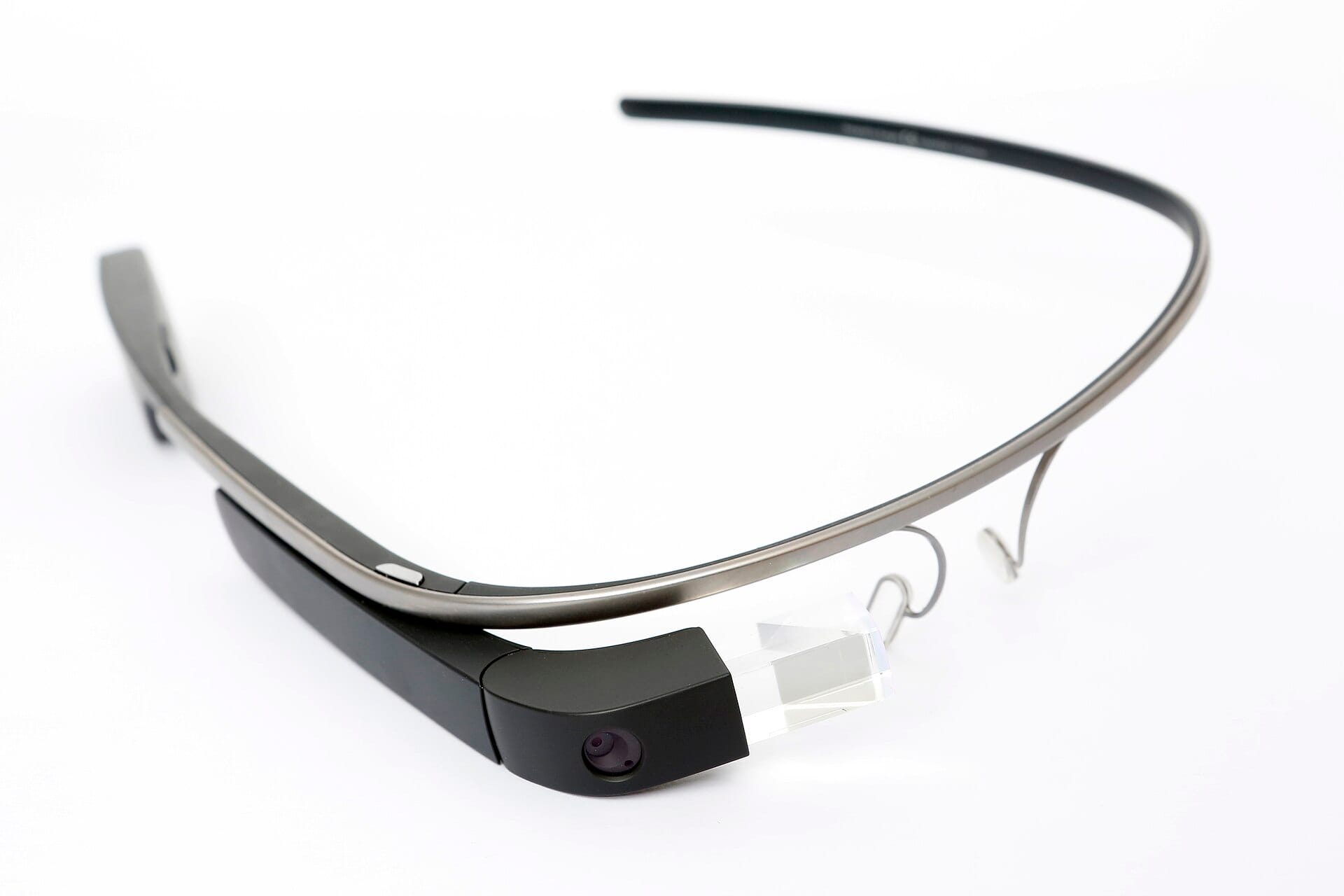
The Backlash Is Televised
But almost immediately, cracks started to show. And by 2014, the shine was wearing off.
Let’s start with the tech. The camera was just 5 megapixels, the screen felt like squinting at a postage stamp, battery life was barely a few hours, and it overheated quickly. The touchpad on the side? Janky. Glass couldn’t support basic stuff like Instagram or Spotify. And while it could take photos, navigate, or translate a sign, it rarely did anything better than a smartphone.
And then came the social fallout.
You see, people didn’t like being secretly recorded by folks wearing something that looked like spy gear from a discount Bond movie. Bars, restaurants, and movie theaters began banning them. The term “Glasshole” entered the urban dictionary with the speed of a meme. Public outcry over privacy became one of the biggest nails in the Glass coffin. People weren’t just annoyed—they were creeped out. The social contract got breached the moment someone started live-streaming your latte without permission.
Meanwhile, developers were confused about what to build. Consumers didn’t know what to do with it. And the $1,500 price tag made it more of a luxury curiosity than a revolutionary gadget.
By January 2015, Google quietly pulled the plug on the Explorer program. No big farewell. Just a corporate “Thanks for playing.” Even Sergey Brin later admitted that Glass was one of Google’s biggest flops. They had failed to account for key consumer hardware lessons: ergonomics, marketing, public acceptance, and, well… not being a dystopian creep device.
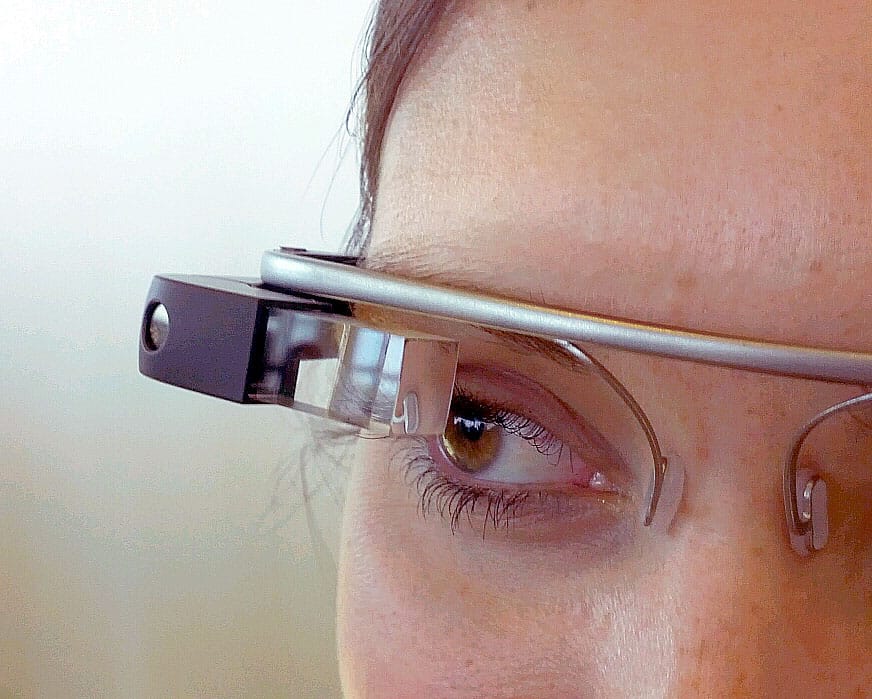
From Flop to Factory Floor (2017–2023)
Most people assumed that was the end. But like any good sci-fi arc, Google Glass got a surprise second act.
In 2017, Google rebranded the device as Glass Enterprise Edition. This time, no social media stunts, no skydiving spectacles. It was all about utility—quietly deploying Glass in manufacturing, logistics, surgery, and customer support. Companies like Boeing, DHL, and GE used it for hands-free instructions, remote assistance, and data overlays in real-time.
It actually worked. Workers on factory floors reported increased productivity and fewer errors. Google even launched a second-gen Enterprise Edition in 2019 with better specs: faster processor, improved battery life, and a sturdier build.
But let’s be real—while it found some niche success, it never set the world on fire. It wasn’t consumer-ready, and it didn’t evolve into a platform. Google officially ended support and sales for the Enterprise Edition in March 2023.
So yeah, it didn’t die. It just went to live on a farm upstate… with all the other failed tech dreams.
The Resurrection—Project Aura & Android XR (2025)
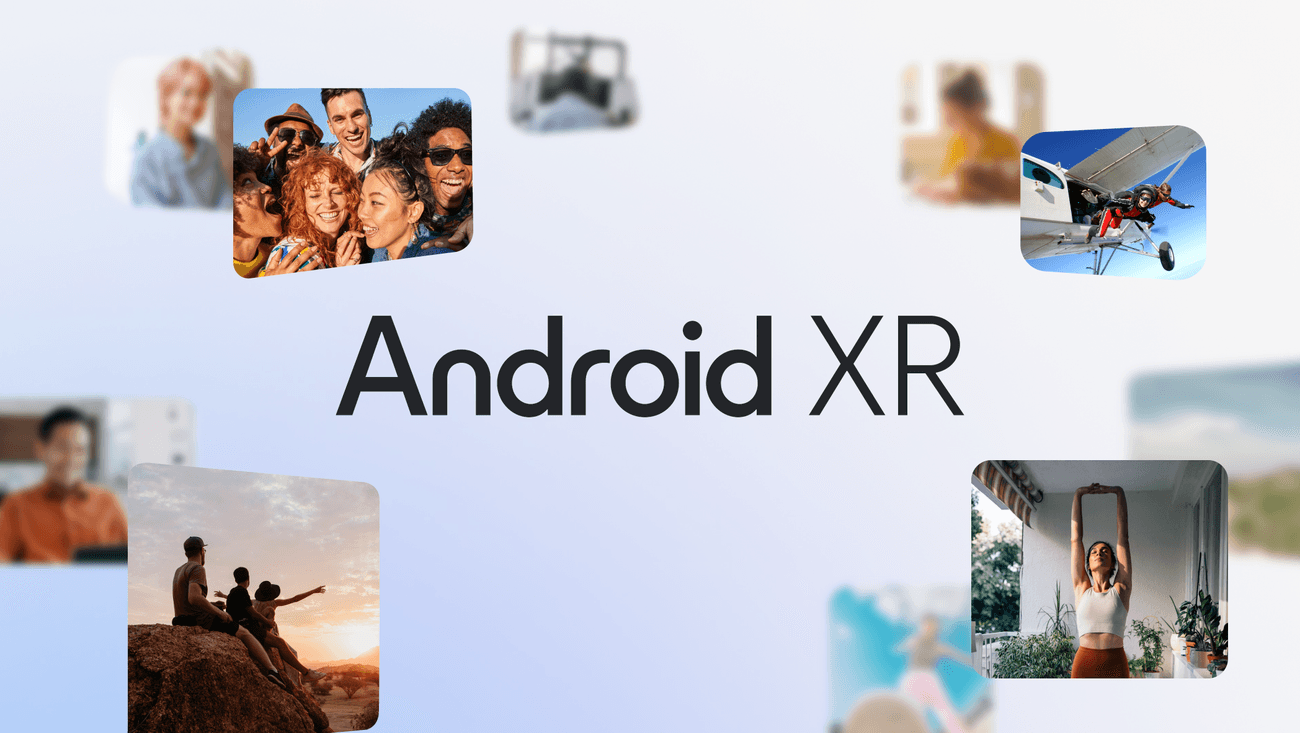
Cut to 2025—and guess who’s back?
At this year’s Google I/O, the company unveiled Android XR, a brand-new platform built for extended reality devices—including smartglasses and mixed-reality headsets. And sitting at the center of this was Project Aura, a spiritual successor to Google Glass.
But this time? They’re not messing around.
Google partnered with Samsung and a bunch of stylish eyewear brands like Warby Parker, Gentle Monster, and Kering to create glasses that actually look like glasses. We’re talking optical see-through displays powered by Gemini AI—the same AI that’s running across Android and Search now.
Aura is built for function: real-time subtitles in live conversations, AI-driven navigation overlays, contextual reminders, and memory-based prompts (“Hey, that’s Sarah from your Tuesday meeting”). It’s still in early stages, but the demos are slick and the fashion game is tight. And unlike the old days, privacy design is baked in—LEDs alert when the camera’s on, and everything is processed locally or in the cloud with explicit permissions.
Sergey Brin said Google learned their lesson the hard way. This time they’re investing $150 million into supply chain stability and long-term development. So, no more vaporware stunts. This is the long game.
Why It Might Work This Time
So why should we believe this reboot will stick the landing?
Because the market is different now. People are warming up to wearables again. Meta and Ray-Ban have sold over 2 million smartglasses since 2023. Snap’s pushing ahead. Apple’s Vision Pro—despite being a bank-breaking ski mask—has made spatial computing mainstream.
And critically, AI has caught up to the promise. The stuff Google tried to do with Glass in 2012—live translation, contextual info, voice control—is now way more feasible and useful with tools like Gemini.
Market analysts predict nearly 9 million AR units will ship in 2025, with nearly 50% growth expected year over year through 2029. That’s a huge incentive for Google to get it right this time.
Speculation Station
Here’s my two cents: Google’s new glasses won’t be the iPhone moment—not yet. But they could be the AirPods of smart eyewear. Ubiquitous, subtle, AI-powered helpers that integrate into daily life without making you look like an extra from “Black Mirror.”
If they can crack battery life, privacy, and social comfort, these glasses could finally replace the role of a smartphone some of the time. Think: micro-interactions, hands-free help, background processing—all without pulling your phone out.
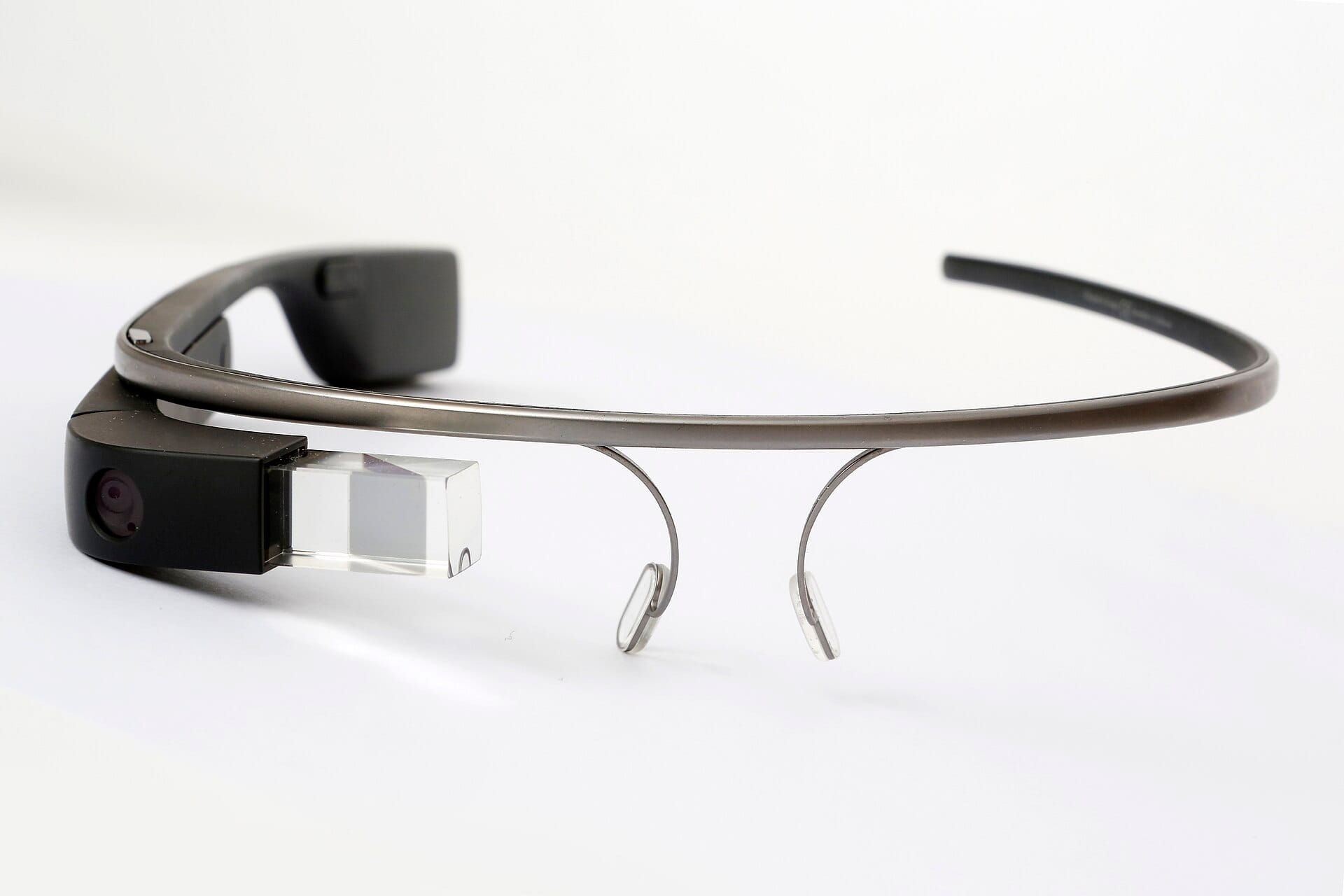
Final Thoughts
Google Glass was ahead of its time—and also weirdly behind. It overpromised, underdelivered, and got burned by the very hype it manufactured. But like a true Silicon Valley phoenix, it’s back. Smarter. Safer. And way more stylish.
So, will Project Aura finally make smartglasses cool—or are we just waiting for the next “glasshole” moment?
Only time—and a few viral TikToks—will tell.












